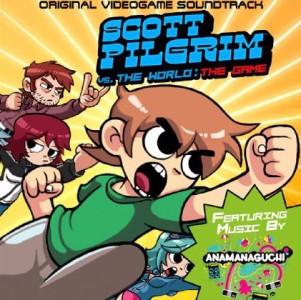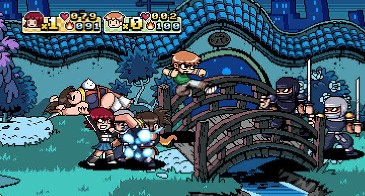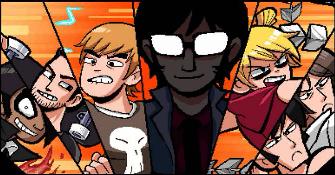
This is Thomas Gottschalk, one of the greatest German entertainers and host of "Wetten Dass..?" (Wanna bet..?). His show where (mostly high profile) celebreties bet on or against ordinary people with crazy propositions (recognize sausage brands by the taste of the can water, put a truck on beer bottles, rip phone books in half, etc.) with entertaining wagers has been extremely successful for decades (among the highest quotes in Europe).
So why is the guy on this blog? If you look closely at the picture, you'll notice in the background the repeating caption "Telespiele". That's what we called video games in the 70s, and that's how Germany's first interactive video game show was called.
Sadly, there is no(?) video footage of this show to be found on the web, and it aired before my time, so all I know is from online sources (listing the more useful ones below). Apparently Telespiele was Gottschalk's first "bigger" success after a young radio career and a number of mostly regional TV music programmes.

Telespiele was broadcasted for the first time on November 11th, 1977. The concept was based on an interesting idea by station technician Erhard Möller - he modified the Pong home video game to be controlled by noise instead of controllers. Loud noise would make the bat go up, a lower voice resulted in the opposite. Under Gottschalk's moderation, Pong was played in two variants: The first pitted calling candidates against each other, who screamed into their phones for victory. There was also a pure studio variant, however, where a single guest in a soundproof booth had to battle the whole audience armed with noisemakers.

Later they added more games, pictures show Pacman controlled with a bumper-car thingie and basketball controlled by moving actual balls. But apparently there were also racing games on fake motorbikes and other stuff we mostly know from 80's arcades.


Celebreties were also often invited to play games against each other, although Gottschalk didn't yet get the big hollywood stars he welcomes nowadays in Wetten dass..?, of course, but there were some fairly big names in Europe, like Roger Whittaker and Bud Spencer. The winner got to chose a music clip (mostly live recordings from the station's archive, that was before music videos became big, after all).
Maybe thanks to those guests and Gottschalk's show talent, Telespiele was incredibly more successful as one would imagine from a show based on video games nowadays. Started on the regional Südwestfunk, it moved to the nationwide public station ARD in 1981, reaching quotes up to 40 percent. Yet the end came already the same year, as the key staff involved with the show switched stations and went on with new programmes.
The concept for the show was sold to the UK, Netherlands and France, but I couldn't find out if it resulted to any actual shows there. I'm also interested if there's any shows in the US that predates it, or if this was indeed the first interactive video game show ever. Please comment if you know anything comparable from that time.
Sources (in German):
http://einestages.spiegel.de/static/topicalbumbackground/2933/pling_plong_gottschalk.html
http://www.gameshowkult.de/telesp.htm







































